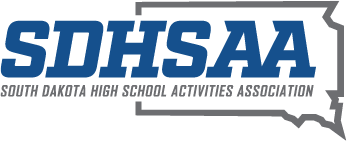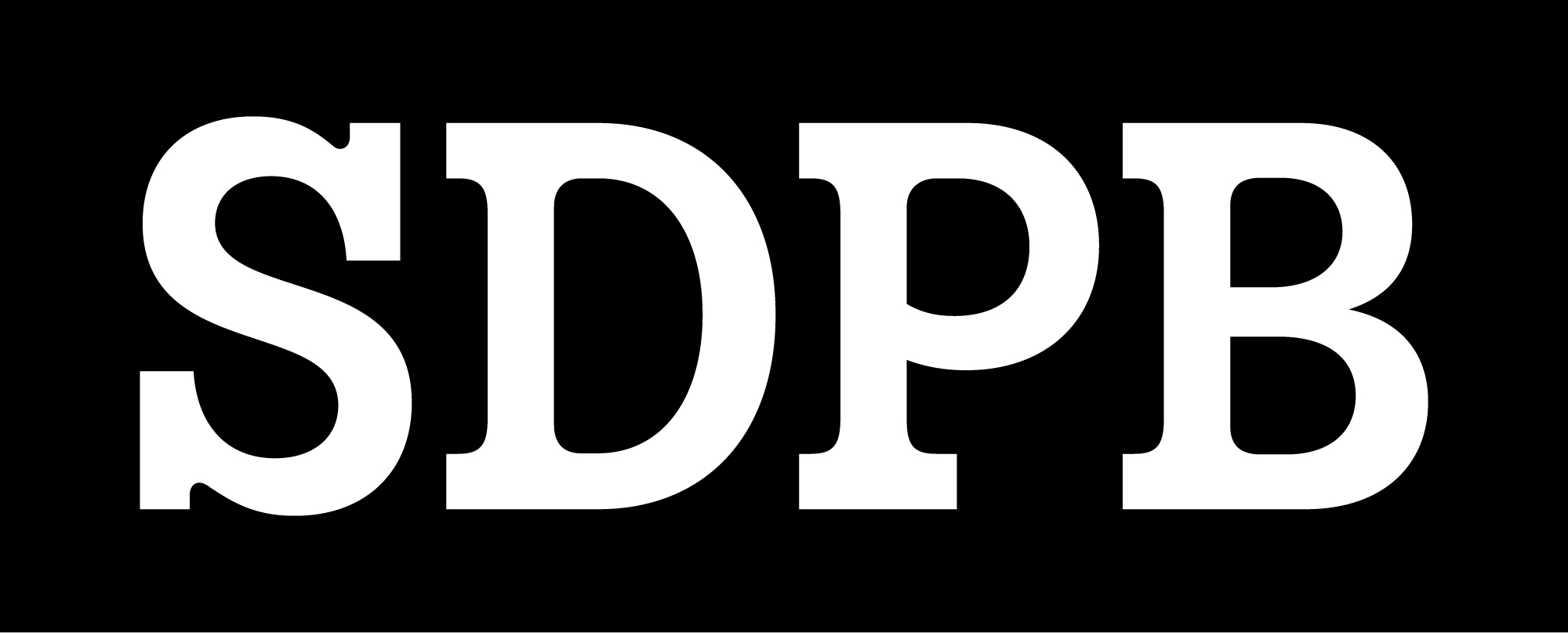- No-Ad Scoring will be used for all dual matches and postseason tournament competition. When the score is deuce (40-40), the receiving player or team gets to choose which side of the court server will serve to for the final game-deciding point. Note: in doubles, players cannot switch sides for the deciding point.
- Host schools may determine the format of their regular season matches for both the Junior Varsity and Varsity competition, but the format needs to be announced prior to the competition. Best-of-three set matches with match tie-break in lieu of third set are recommended for varsity contests. For multi-team matches, eight-game or 10-game pro-set matches are acceptable, with a seven-point set tie-break played at 8-8 or 10-10 respectively.
- Procedures for the Match Tiebreak Used in Lieu of Third Set
- Service order – The player/team whose turn it would be to start serving a third set starts the match tie-break that is played in lieu of that third set. Either partner on a doubles team may serve first for their team.
- Receiving positions – A doubles team may change receiving positions at the start of a match tiebreak.
- Change of ends – Players change ends at the start of the tiebreak only if an odd-game changeover is due (e.g. 2nd set score of 6-3). During the tie-break, players change ends after every six points.
- Rest periods – There is a mandatory three-minute rest period to the start of the match tie-break. During this time, coaching will be allowed. Athletes may leave the court area during this time, but no practice may take place during this mandatory rest period. No reset period is permitted during a set tiebreak.
- Ball change – There are NO ball changes when a match tiebreak is used.
- Recording the tiebreak score – The score of the tiebreak set will be written 7-6(x) or 6-7(x), with (x) being the number of points won by the loser of the tiebreak. For example, 7-6(4) means the tiebreak score was 7-4, and 6-7(14) means the tiebreak score was 16-14. If a tiebreak set is played in lieu of the third set, the tiebreak score is recorded 1-0(x) with (x) being the number of points won by the loser of the tiebreak.
- Changing ends during the tiebreak – Changes of ends during a tiebreak game are to be made within the normal time allowed between points (20 seconds).
All matches are to be played on the day scheduled. Matches which cannot be rescheduled must be a forfeit unless caused by weather conditions.
Chapter II, Part II, Section 12 of the SDHSAA By-Laws states, “No school shall fail to have its team play or participate in a scheduled athletic game or contest without full agreement of the other school concerned or without, in case of failure in mutual agreement, getting the approval of the Executive Director for the cancellation. Except for bad weather or other emergency cause for a request for cancellation of a contest from the Executive Director, such a request shall be made at least one week in advance. Violation of the By-Law forfeits the game or contest for the violating school and that school may be barred, by Board of Directors action, from athletic participation in the Association for one year.”
When a school’s athletes are in competition, their coach may talk/coach them only during the time when the players are changing sides on the court. On court coaching will be allowed during the team and individual competition during the 90 second change over set break or split, except following the first game of each set. In a situation where the tournament manager determines that the coaching is not in the best interests of the participants, the tournament manager may disallow it. The coaching time begins when the game in completed and should not delay the match in any way. This rule applies to the head coach as well as designated assistant coaches.
Other school personnel, tennis enthusiasts, etc. are not allowed to talk to or coach players at any time during the match. During a team competition, a player may receive coaching from a designated coach only on a change-over or after the completion of a set, but not during a set tiebreak (a player may receive coaching during an authorized rest period since play is not occurring; however, coaching is not allowed during a toilet visit, an injury timeout, or when equipment is being adjusted). It is the responsibility of each coach to communicate this regulation to those people who may be watching a certain individual play.
The Association’s Board of Directors has named the Wilson US Open Tournament Select Extra Duty tennis ball as the official State Tournament ball. Schools may use a ball of their choosing for their regular season contests.
The uniform policy for regular season matches is the same that applies for the State Tournament. All schools must follow the uniform rule during their regular season meets. Please see the “Tennis Uniforms” link found on the Tennis page of SDHSAA website.
While risk of one athlete infecting another with HIV/AIDS during competition is close to non-existent, there is a remote risk that other borne infectious diseases can be transmitted. For example, Hepatitis B can be present in blood as well as in other body fluids. Procedures for reducing the potential for transmission of these infectious agents should be reviewed by all tennis coaches.
It is the coach’s responsibility to check all his/her players for any open wounds. Proper treatment must be administered prior to competition (see the communicable disease procedures in the General Sports Information section of the SDHSAA Athletic Handbook).
If a tennis player is hurt or injured during the match, the injury must be treated at the earliest possible time (usually at the end of a point, game, or match). Clean all blood-contaminated surfaces and equipment with a solution made from a proper dilution of household bleach (CDC recommends 1-100). If excessive blood is on the uniform, the player must change the uniform or clean it before continued participation. A player may receive one medical timeout for bleeding. If a player is unable to stop the bleeding at the end of the timeout, the player must retire.
Use of profanity, obscene gestures, or unsportsmanlike conduct shall subject the offending player to disqualification. Any physical or verbal outburst of a player on one court that could break the concentration of any other player on courts adjacent will also be considered unsportsmanlike conduct. Uniform violations are also code violations and are considered unsportsmanlike conduct. Any conduct that the USTA FAC suggests is usually or always coded will be coded in high school play.







